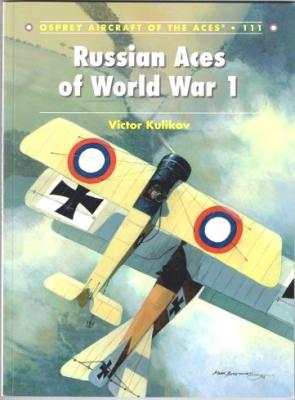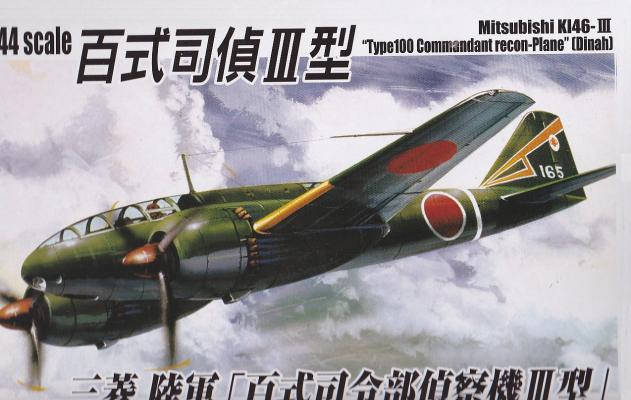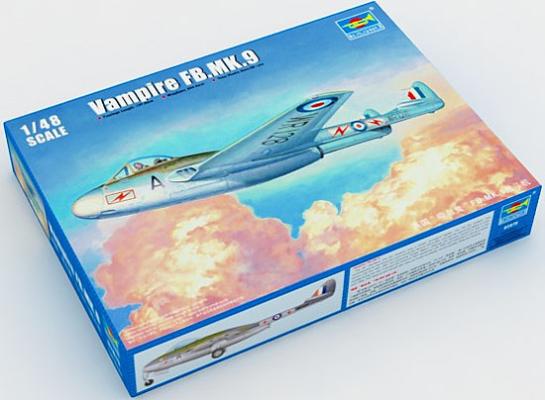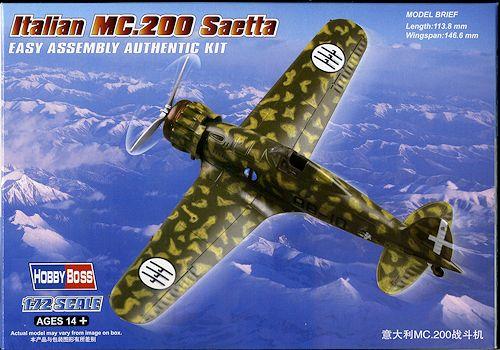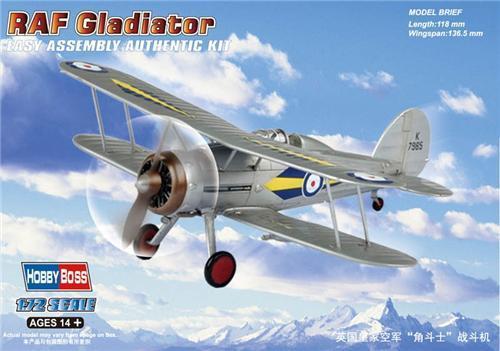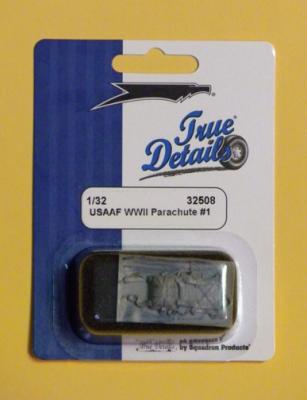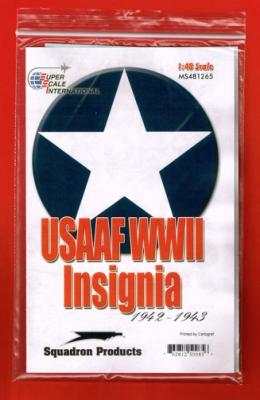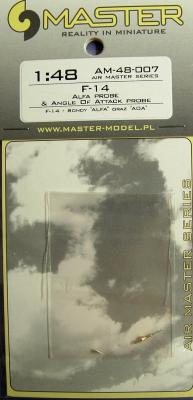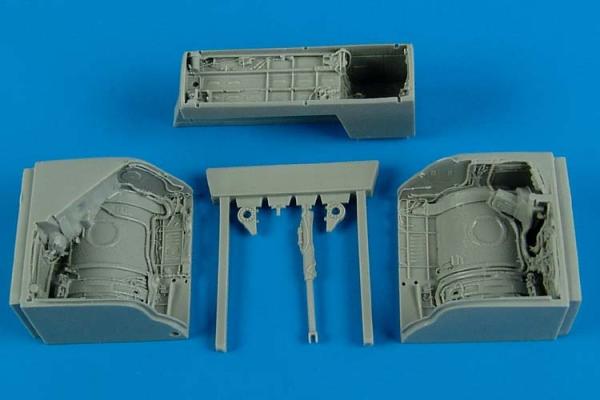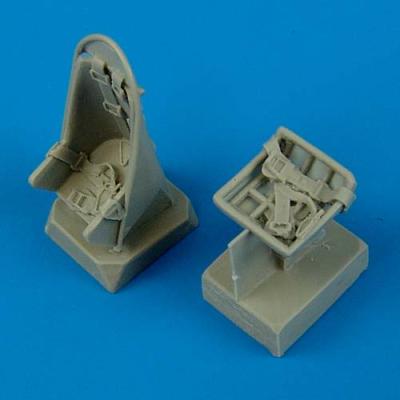Volume 111 in Osprey’s Aircraft of the Aces series presents the interesting story of Russian Aces of World War I. The 96-page soft cover book is the result of author Victor Kulikov’s lifelong interest in Imperial Russian aviation in WWI. He is a recognized expert, having written articles on the subject for Windsock International, Cross & Cockade, Avions, Aero Journal and Over the Front, and co-authored Flying Machine Press’ massive hard cover book Imperial Russian Air Forces. In Osprey’s Russian Aces of World War I, Kulikov draws from recently sourced Russian military and private archives to detail the exploits of each of the aces in a thoroughly researched and well-written narrative combined with a number of previously unpublished period photos.
The Aircraft
The Mitsubishi Ki-46 Dinah was a reconnaissance platform for the Imperial Japanese Army. The crew of 2 were in separate cockpits, with the pilot and observer separated by a fuel tank (shudder!) The Ki-46II version was faster than any Japanese fighter in the 1940-41 time frame, and the IJAF thought it should be immune from interception. The advent of the P-38 in Pacific combat caused rethought of this idea.
The solution to the speed problem was more powerful, fuel injected Mitsubishi Ha-112 engines, which pushed the top speed to a respectable 391 mph. The nose was redesigned to be more aerodynamic, with no step for the canopy, but a full bubble instead. Also, fuel capacity was raised by putting another fuel tank in the nose in front of the pilot (shudder again!).
Upon opening the box, you will find 3 grey sprues, plus one clear sprue, instructions and a medium size decal sheet stencils included, for two finishing options, one in overall high speed silver and a camouflaged one.
The part count is, relatively speaking, low with a total of 59 parts. The only real assembly option is the external tanks type, either conformal tanks from the Mosquito or drop tanks. You have to either choose which one to install or to fill in the holes in the lower wings.
Perhaps the “main” issue with this kit is that the Vampire Mk.9 had an asymmetrical wing root (to accommodate an internal AC unit), but the plastic parts have symmetrical wing roots, making the kit a Mk.5. Personally, I am not all that worried about that, but some modelers might want to take note of it, or get aftermarket decals for a Vampire Mk.5
History
The Macchi C.200 had its origins in a series of Schneider Cup seaplane racers designed by Mario Castoldi during the early thirties. The prototype C.200 first flew in 1937, and was an all-metal, low wing, radial powered monoplane possessing extremely clean lines. Its main drawbacks were its low powered 870 hp. Fiat A.74 engine and its meager armament, two fuselage mounted 12.7 mm. machine guns. Nevertheless, its flying characteristics were excellent, and it was selected for mass production, and a total of about 1,200 were completed by Macchi, and also Breda between 1939 and 1943, when it was replaced on the production lines by the C.202.
History
The Gloster Gladiator was one of the most famous RAF biplane fighters, and although outdated from the beginning, served with distinction with the RAF and numerous other air forces during the early stages of World War II. Most modelers should be intimately familiar with the story of the Gladiator, so it need not be repeated here. For backup material, I would suggest the following:
- Gloster Gladiator in Action, Squadron Signal Publications No. 187
- Gloster Gladiator Aces, Andrew Thomas, Osprey Aircraft of the Aces, #44.
- Gloster Gladiator, Alex Crawford, Vols. 1-2.
In addiyion, googling the subject will bring up a number of websites devoted to this aircraft. These include the Wikipedia site, the RSAF site, Hakans Aviation page, and some articles on the IPMS/Stockholm website.
MMD-Squadron has released two unique detail parts in their True Details line that 1/32 scale model builders should find very useful. True Details USAAF WWII Parachute #1 (#32508) is a highly detailed 1/32 scale replica of a Type AN-6510 parachute that is casually posed as an aircrew chute would appear in pre or post-mission repose with integral pack (upturned), cushion, harness and intricate hardware. It is molded in gray resin on a very thin amount of resin molding scrap. This is a perfect accent for any 1930s-WWII US aircraft model. It is posed in the way parachutes were typically placed on the wings or stabilizers of fighter aircraft prior to a mission so pilots could quickly ‘suit up’ for a takeoff. This unique detail part is sculpted with an amazing amount of detail and is packaged on a blister card with a foam pad backing to protect the fragile features of the casting. No assembly is required.
This 1/48 scale decal sheet provides multiple sizes of the type of US Army Air Force national insignia specified for application to aircraft from May 1942 to June 1943. The insignia consisted of a white star on an insignia blue disk. The set includes 41 separate decals sized to scale diameters for 25”, 30”, 35”, 36”, 40”, 45”, 50” and 60” insignias, making them useful for most aircraft in service during that time period.
These decals are manufactured for Squadron by Cartograf. They are crisply printed on thin film. The decals release easily from their paper backing after immersion in warm water for 15 - 20 seconds and should then be applied to a glossy painted surface that has been pre-moistened to allow repositioning. They will respond well to most decal setting solutions (but the solution should not be allowed to puddle on decal or surrounding surface for very long).
I would like to thank Master Model for this review sample.
Master Model has been literally “turning” out numerous metal details for the model maker. This latest offering is the Alpha Probe and angle of attack probe for the F-14 in 1/48. The alpha probe is the pitot at the forward end of the radome. For a model this is a very vulnerable place and no doubt, like me, you have managed to bend or snap off the plastic one provided in the kit. Quite frankly, they never look as crisp as the real thing and once the mold seam is removed can be a bit oblong in cross section. The angle of attack probe is the pointy short probe on the left side of the F-14 below and forward of the cockpit. On the Hasegawa kit it is molded with the fuselage. I managed to snap mine off while assembling the model. It is not an easy thing to replicate.
The Trumpeter Mig-23M and MF kits in 1/48 finally give the modeler an alternative to the Esci Mig-23/27 family of kits. While it has its own issues, the Trumpeter kit renders the other one obsolete. One problem with the Trumpeter kit are the main wheel wells. Trumpeter’s wells are under detailed and worse yet are symmetrical from port to starboard. This is not the case with the Mig-23; the wheel wells are quite different from one side to the other. Aires has crafted a solution!
Hasegawa's 1/48th scale kit of the Stuka is a gem with great fit and detail and there are several aftermarket parts available for it. One thing that is lacking in the basic kit is seats with belts. Quickboost latest issue has that covered and is a two piece set with the pilots seats and gunners seat as separate parts. The parts are Quickboost's excellent, bubble and flash free gray resin. To use the parts is simple, cut the mold block off of each and sand.
I want to address the two parts individually. The attached photos of the pilot seat show the enormous improvement that the Quickboost seat is with its corrected shape, seat belts and much finer detail. in a word, the kit part is wrong and Quickboost fixes it in spades.
The gunners seat has the seat belts and the open structure. When compared to the kit seat (which I have already added PE seat belts too), the parts are pretty close for either. The Quickboost parts does have the belts so a slight edge to it.

